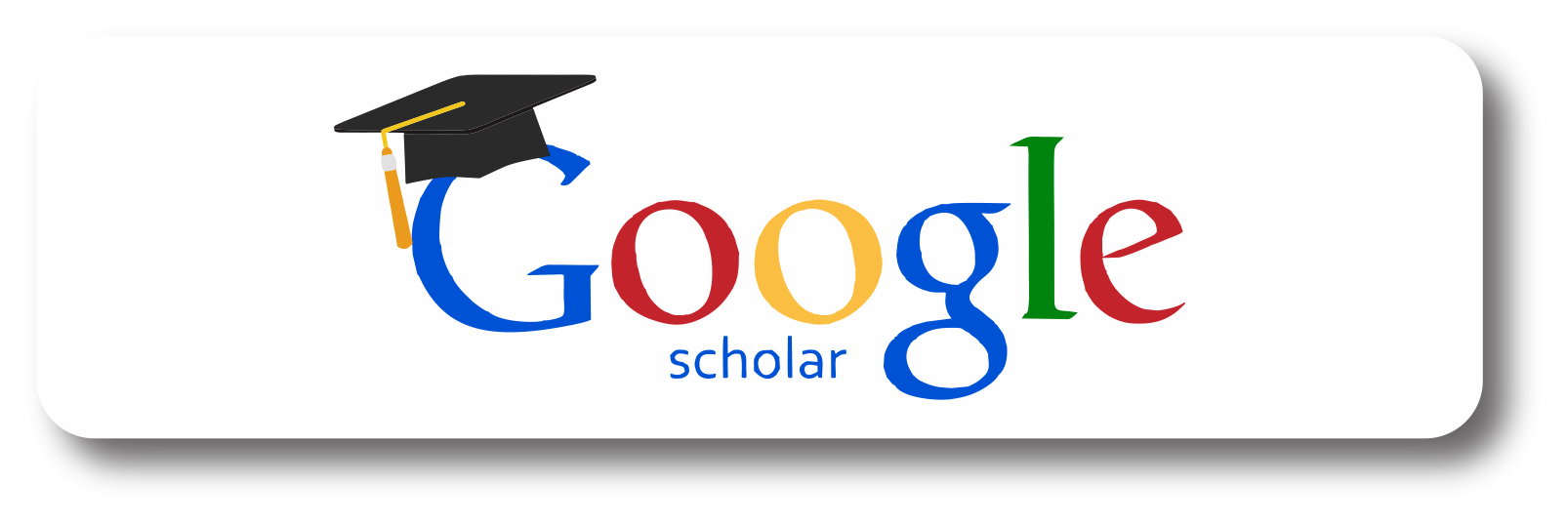METHODS OF TEACHING FOREIGN LANGUAGES IN NON-LINGUISTIC UNIVERSITIES FROM THE 1950S TO THE PRESENT
Keywords:
development of foreign language teaching methods; non-linguistic universities; training of technical specialists; grammar and vocabulary teaching; grammar-translation method; conscious-comparative approach; conscious-practical approach; linguistic and cultural skills; reading instruction; communicative approach; humanistic pedagogy; higher education structure.Abstract
This article examines the development of methods for teaching foreign languages in non-linguistic, particularly technical, universities from the 1950s to the present day. The authors analyze various teaching methods and highlight how these methods evolved based on state development goals and objectives. There was a time in the history of our country when learning foreign languages was not a priority. In the 1950s, the grammar-translation method formed the foundation of foreign language teaching in both secondary and higher education. This method remained dominant for many years. However, in the 1960s, its limitations led educators to reconsider existing methodologies and return to direct methods, which emphasized practical application, intuition, and avoided translation, discouraging the use of the native language in teaching.
In the 1970s and 1980s, the practical orientation of foreign language teaching methods gained prominence. Methodologists emphasized the need for linguistic and cultural knowledge and skills. It was argued that learning a foreign language should provide students with access to other cultures and facilitate a "dialogue of cultures." Following the fall of the "Iron Curtain," foreign language study transitioned from a theoretical discipline to a practical necessity. The communicative approach became the response to societal demands. This method prepares specialists with professionally oriented language skills, enabling them to use foreign languages as tools in their professional activities.
The new structure of higher education, which includes three levels—bachelor's, master's, and doctoral studies—has improved the teaching system for professional foreign language courses. The article asserts that foreign language study is an integral part of all three levels of higher education and fulfills the requirements of the new federal educational standards.
References
1. Mirolubov, A.A. The History of Domestic Methods of Teaching Foreign Languages. – Moscow: STUPENI, INFRA-M, 2002. – 448 p.
2. Stalin, I.V. Marxism and Linguistic Issues. – Moscow: State Publishing House of Political Literature, 1953. – 59 p.
3. Shchukin, A.N. Teaching Foreign Languages: Theory and Practice. A Textbook for Teachers and Students. 2nd ed., revised and expanded. – Moscow: Filomatis, 2006. – 480 p.
4. Bim, I.L. Teaching Foreign Languages – Searching for New Ways // IYASH, 1989, No. 1.
5. English for Engineers: A Textbook / T.Yu. Polyakova, E.V. Sinyavskaya, O.I. Tynkova, E.S. Ulanovskaya. – 6th ed., revised. – Moscow: Vyssh. shk., 2003. – 463 p.
6. Ter-Minasova, S.G. Language and Intercultural Communication. – 2nd revised edition. – Moscow: Moscow State University Press, 2004. – 352 p.
7. Zhurchenko, N.L. Methodology of Teaching the Creation of Secondary Written Foreign Language Texts Using Internet Resources: Based on English Language Materials: Dissertation … Candidate of Pedagogical Sciences: 13.00.02 / Natalia Leonidovna Zhurchenko; [Defense location: Lomonosov Moscow State University]. – Moscow, 2008. – 305 p.
8. Passov, E.I. Fundamentals of Communicative Theory and Technology of Foreign Language Education: A Methodological Guide for Teachers of Russian as a Foreign Language / E.I. Passov, N.E. Kuzovleva. – Moscow: Russian Language. Courses, 2010. – 568 p.
9. Artyushina, G.G. Experience in Teaching Foreign Languages in a New-Type Graduate School // Theory and Practice of Teaching Foreign Languages in a Non-Linguistic University: Traditions, Innovations, Prospects: Collection of Scientific Papers. – Moscow, 2017. – pp. 21-29.
10. Maletina, L.V. Foreign Language Education in a Non-Linguistic University – Development, Problems, Prospects / L.V. Maletina, I.A. Matveenko, N.Yu. Sipailova // Bulletin of Tomsk Polytechnic University [Bulletin of TPU]. – 2006. – Vol. 309, No. 3. – pp. 236-240. Open access link. (http://earchive.tpu.ru/bitstream/11683/1174/1/bulletin_tpu2006-309-3-55.pdf) Title from screen. Languages: Russian, English.
11. Vinogradova, O.S., Vinogradova, T.V. Development of Personal Qualities in the Process of Learning a Foreign Language at a University Using Problem-Based Methods // Internet Journal “Naukovedenie” Vol. 7, No. 1 (2015). Open access link. (http://naukovedenie.ru/PDF/61PVN115.pdf) Title from screen. Languages: Russian, English.
12. Neverova, N.V. Application of the Language Portfolio Technology in Teaching Students of Technical Universities: Theoretical and Practical Aspects // Journal “Secondary Vocational Education”, No. 6, 2017. – pp. 19-22.
13. Polskaya, S.S. On the Issue of Teaching English to Students of Different Levels / S.S. Polskaya // Modern Problems of Humanities and Natural Sciences. Materials of the XXXV International Scientific and Practical Conference. – Moscow, 2017. – pp. 188-192.
14. Rodomanchenko, A.S., Solovova, E.N. Various Approaches to Test-Based Assessment of Monologic Oral Speech Skills // Foreign Languages at School. – 2013. – No. 2. – pp. 39-46.




